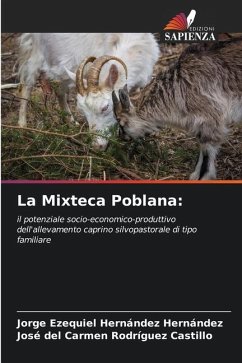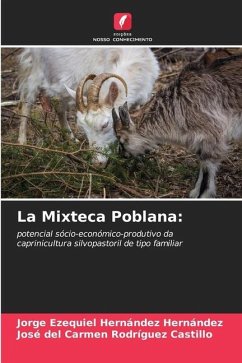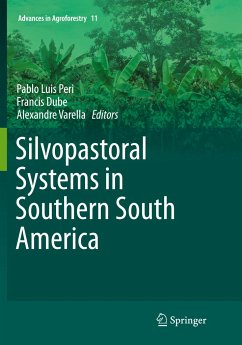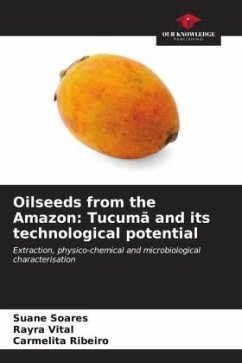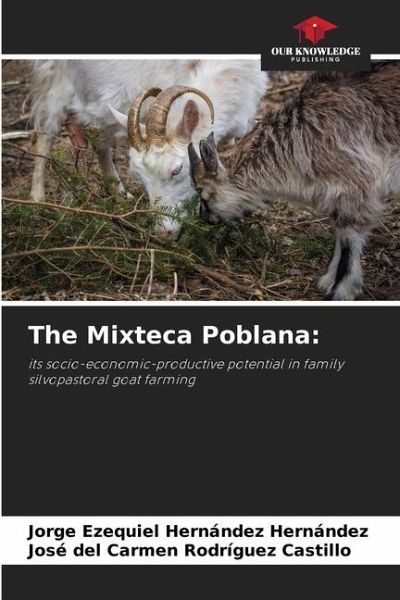
The Mixteca Poblana:
its socio-economic-productive potential in family silvopastoral goat farming
Versandkostenfrei!
Versandfertig in 6-10 Tagen
36,99 €
inkl. MwSt.

PAYBACK Punkte
18 °P sammeln!
The objective of this paper on the socioeconomic-productive potential of family-type silvopastoral goat raising in the Mixteca Poblana is to evaluate goat production in the Mixteca Poblana of Mexico, with emphasis on the characterization and valuation of its socioeconomic-productive particularities and the nutritional potential of its tree and shrub forage resources. The results indicate that in the UPF persist socioeconomic problems related to poor education, employment difficulties, housing quality, level food and low wages; likewise, there is a strong emigration to the United States of Amer...
The objective of this paper on the socioeconomic-productive potential of family-type silvopastoral goat raising in the Mixteca Poblana is to evaluate goat production in the Mixteca Poblana of Mexico, with emphasis on the characterization and valuation of its socioeconomic-productive particularities and the nutritional potential of its tree and shrub forage resources. The results indicate that in the UPF persist socioeconomic problems related to poor education, employment difficulties, housing quality, level food and low wages; likewise, there is a strong emigration to the United States of America and insufficient governmental support programs for producers. Three main indicators are generated, being educational training, economic support and zootechnical aspect.In conclusion, these chapters provide the basis for a sustainable development of goat production in this region, in addition to recommending agricultural strategies for social welfare in the Mixteca Poblana.






